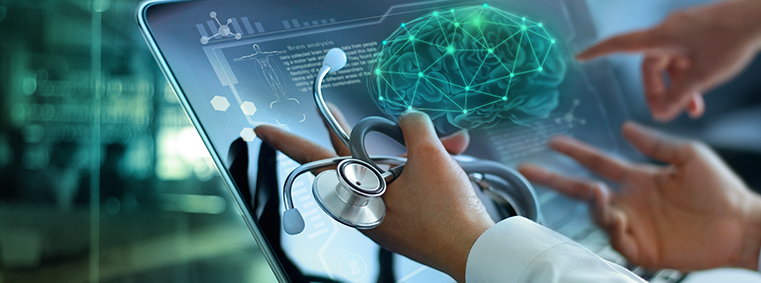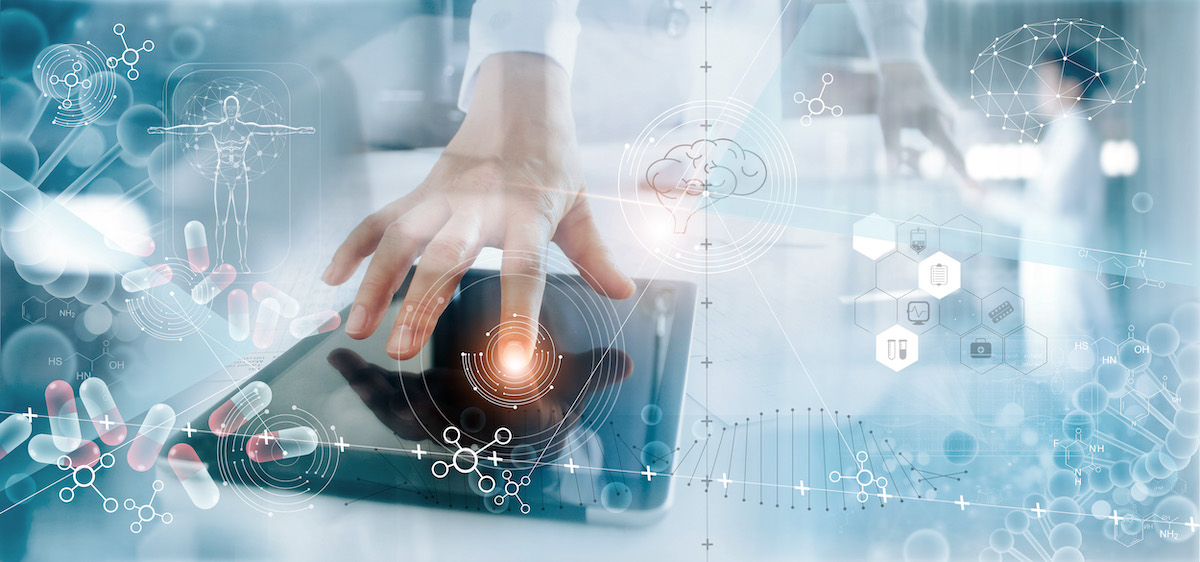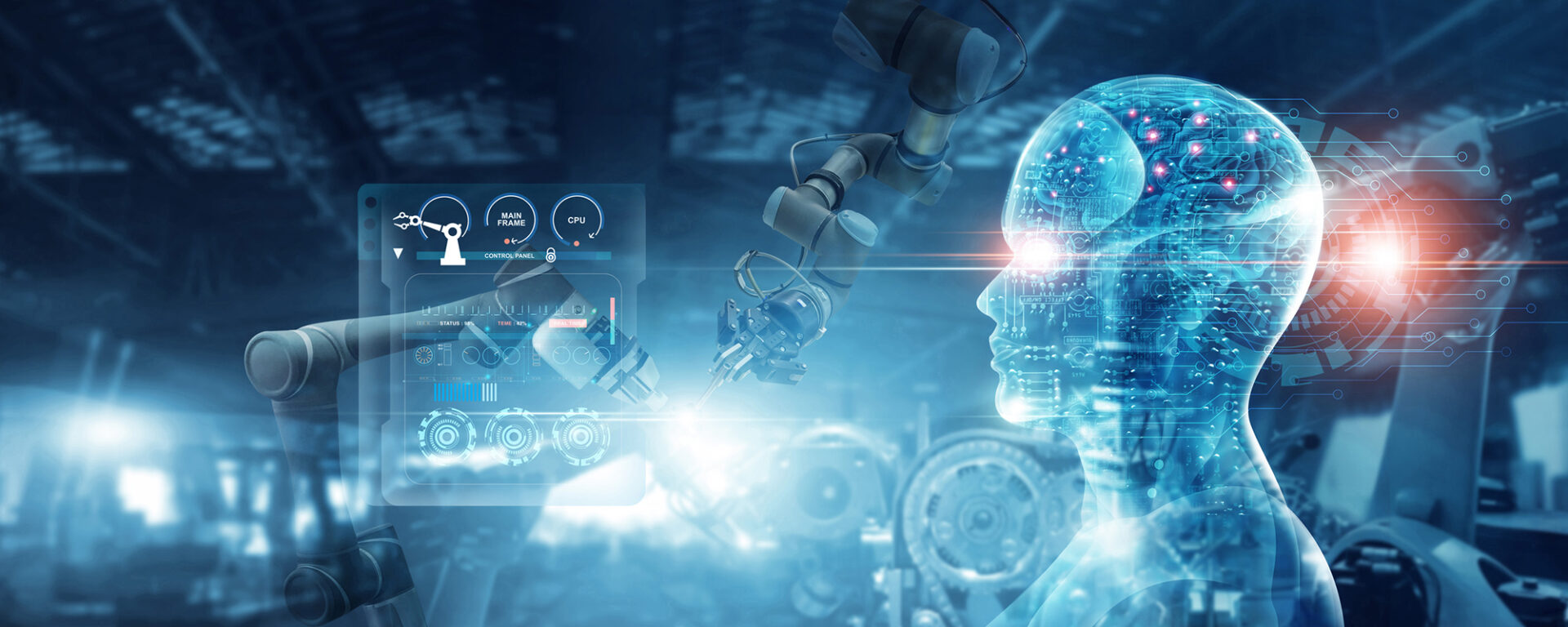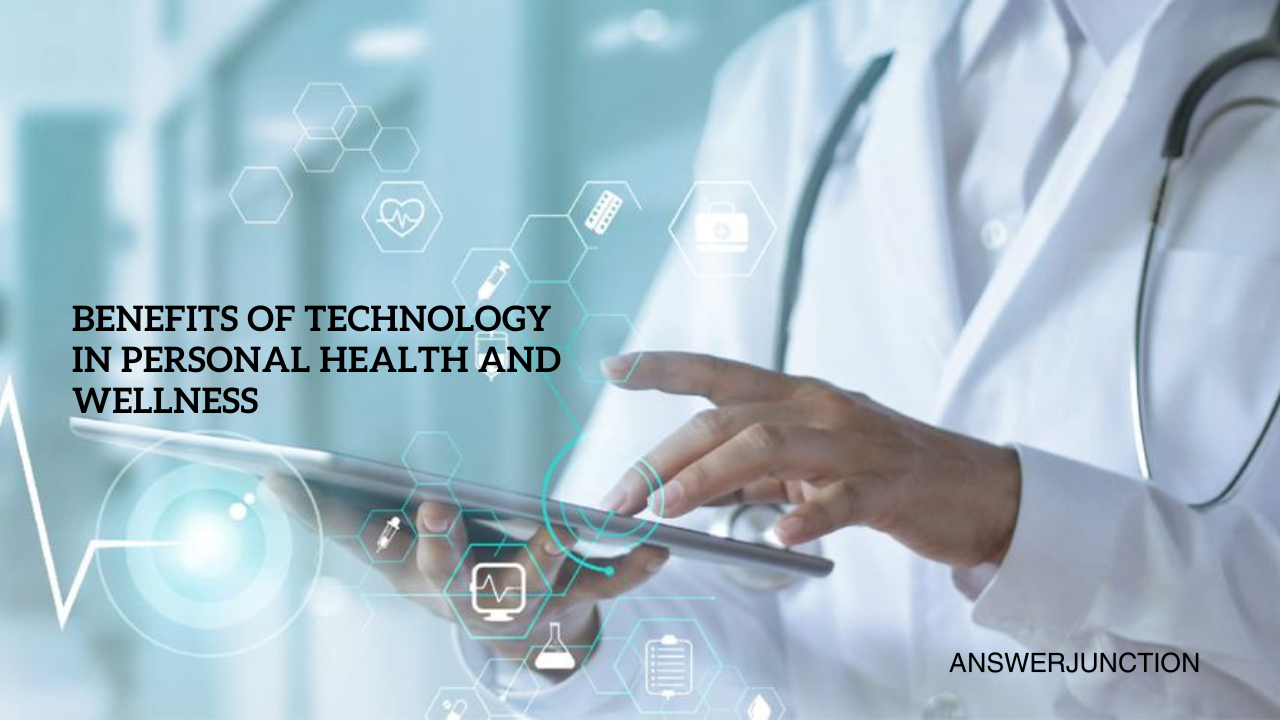In an age where technology permeates every aspect of our lives, its influence on personal health and wellness is undeniable. The integration of advanced tools and platforms into daily routines has transformed how individuals manage their health, leading to improved outcomes, enhanced wellness, and greater accessibility to healthcare resources. This article explores the myriad benefits technology brings to personal health and wellness, from fitness tracking to telemedicine, and how these innovations are reshaping our approach to well-being.
1. Enhanced Access to Information

1.1 Health Education
The internet has revolutionized access to health information. Online resources, such as health websites, apps, and forums, provide users with a wealth of knowledge regarding conditions, treatments, and wellness strategies. For instance, platforms like WebMD and Mayo Clinic offer comprehensive databases that enable users to research symptoms, conditions, and treatment options. This immediate access to information empowers individuals to take charge of their health and make informed decisions.
1.2 Online Communities and Support Groups
Technology has also fostered the growth of online support communities. Social media platforms, dedicated forums, and apps like PatientsLikeMe connect individuals facing similar health challenges. These communities provide emotional support, share experiences, and offer advice on managing conditions. The sense of belonging and understanding that comes from these interactions can significantly enhance mental well-being and encourage proactive health management.
2. Fitness and Activity Tracking
2.1 Wearable Technology
Wearable devices, such as fitness trackers and smartwatches, have gained immense popularity in recent years. These gadgets monitor various health metrics, including heart rate, sleep patterns, physical activity, and calorie intake. By tracking these parameters, individuals can gain insights into their health behaviours and identify areas for improvement. For example, Fitbit and Apple Watch enable users to set fitness goals, monitor progress, and even receive reminders to stay active throughout the day.
2.2 Gamification of Fitness
Fitness apps have transformed exercise into an engaging and motivating experience through gamification. Platforms like MyFitnessPal and Strava incorporate game-like elements, such as challenges, rewards, and social sharing, to encourage users to reach their fitness goals. This approach not only makes working out more enjoyable but also fosters accountability and community support.
3. Telehealth and Remote Monitoring
3.1 Convenient Healthcare Access
Telemedicine has emerged as a vital resource, particularly during the COVID-19 pandemic. Virtual consultations allow patients to connect with healthcare providers from the comfort of their homes, eliminating barriers such as travel time and accessibility. This convenience is especially beneficial for individuals in remote areas or those with mobility issues. Patients can receive timely care, follow-up appointments, and ongoing management of chronic conditions without the need for in-person visits.
3.2 Remote Patient Monitoring
Technology enables healthcare professionals to monitor patients remotely through various devices, such as blood pressure monitors, glucose meters, and heart rate monitors. This continuous monitoring allows for timely interventions and adjustments in treatment plans. For instance, patients with chronic illnesses like diabetes can send their blood sugar readings directly to their healthcare provider, who can then offer tailored advice and adjustments in real time.
4. Mental Health and Well-Being

4.1 Access to Mental Health Resources
Technology has played a significant role in expanding access to mental health resources. Mobile apps like Headspace and Calm offer guided meditation, mindfulness exercises, and stress management techniques. These tools are invaluable for individuals seeking to improve their mental well-being and cope with stress, anxiety, or depression.
4.2 Online Therapy and Counseling
Teletherapy has become a viable option for many seeking mental health support. Platforms like BetterHelp and Talkspace connect individuals with licensed therapists via video calls, chat, or messaging. This flexibility makes mental health services more accessible and reduces the stigma often associated with seeking help. Online therapy allows individuals to engage in therapy from their homes, making it easier for those with busy schedules or social anxieties to access support.
5. Nutrition and Diet Management
5.1 Health and Nutrition Apps
Numerous apps are designed to help individuals track their dietary habits, manage their weight, and make healthier food choices. Apps like MyFitnessPal and Lose It! allow users to log their meals, track calories, and monitor nutritional intake. By visualizing their eating habits, individuals can identify areas for improvement and make informed dietary choices.
5.2 Meal Planning and Recipe Apps
Technology also simplifies meal planning and preparation. Apps like Yummly and Mealime provide users with personalized recipe recommendations based on dietary preferences and health goals. These platforms can generate grocery lists, making it easier to shop for healthy ingredients and reducing the likelihood of unhealthy impulse purchases.
6. Data-Driven Health Insights
6.1 Personalized Health Solutions
With the rise of wearable technology and health apps, users can collect vast amounts of health data. This data can be analyzed to identify trends, patterns, and areas for improvement in personal health. For instance, individuals can track their physical activity levels, sleep quality, and dietary habits over time. With this data, they can make informed decisions regarding lifestyle changes and monitor their progress toward health goals.
6.2 Predictive Analytics in Healthcare
Healthcare providers are increasingly utilizing predictive analytics to improve patient care. By analyzing data from various sources, such as electronic health records and wearable devices, healthcare professionals can identify at-risk patients and intervene early. This proactive approach leads to better health outcomes and reduces healthcare costs by preventing complications.
7. Integrative Health Approaches

7.1 Holistic Health Apps
Many apps focus on holistic health, integrating various aspects of well-being, such as physical fitness, nutrition, and mental health. Platforms like Noom and Headspace encourage users to adopt a comprehensive approach to wellness. By addressing multiple facets of health, these apps promote a more balanced and sustainable lifestyle.
7.2 Wellness Challenges and Programs
Technology enables users to participate in wellness challenges and programs designed to foster healthy habits. Many apps and online platforms offer structured challenges, such as step challenges or nutrition goals, that encourage users to engage with their health actively. This community-driven approach fosters motivation and support, enhancing overall wellness.
8. Empowerment Through Technology
8.1 Health Literacy and Self-Management
Access to health information and resources empowers individuals to take charge of their health. By improving health literacy, technology enables users to engage in self-management practices, such as monitoring vital signs, tracking symptoms, and adhering to treatment plans. This empowerment leads to increased adherence to medical advice and improved health outcomes.
8.2 Personal Health Records
Digital health records and patient portals allow individuals to access their medical information easily. By having their health history, medications, and test results at their fingertips, patients can engage more actively in their healthcare decisions. This transparency fosters better communication between patients and healthcare providers, leading to more personalized care.
9. Challenges and Considerations
While technology offers numerous benefits for personal health and wellness, it is essential to acknowledge potential challenges:
9.1 Privacy and Data Security
With the increasing reliance on technology, concerns regarding data privacy and security have arisen. Users must be cautious about sharing sensitive health information online and choose reputable platforms that prioritize data protection.
9.2 Over-Reliance on Technology
While technology can enhance health management, individuals should avoid over-relying on it at the expense of personal interaction and professional medical advice. It is crucial to strike a balance between using technology for support and seeking in-person consultations when necessary.
The integration of technology into personal health and wellness has revolutionized the way individuals manage their well-being. From enhanced access to information and fitness tracking to telehealth services and mental health support, technology has empowered individuals to take control of their health. As advancements continue to unfold, it is essential to embrace these innovations while remaining mindful of privacy concerns and the importance of maintaining a balanced approach to health management. By leveraging technology effectively, individuals can enhance their health and well-being, paving the way for a healthier future.




